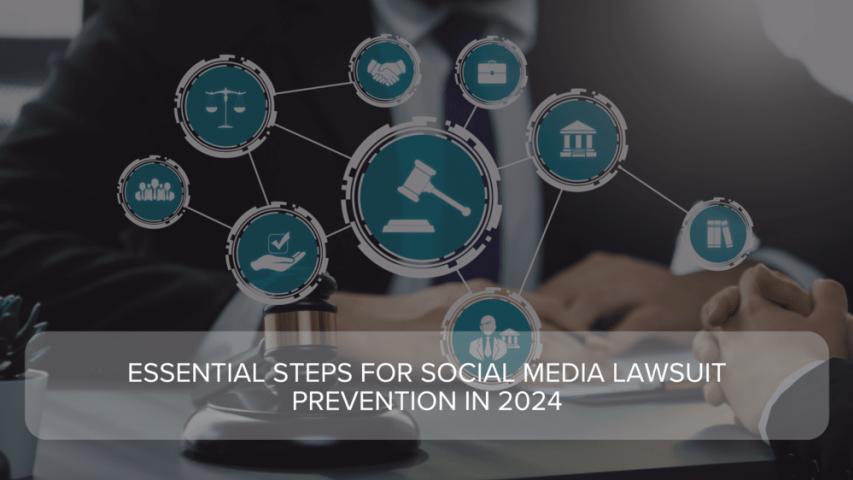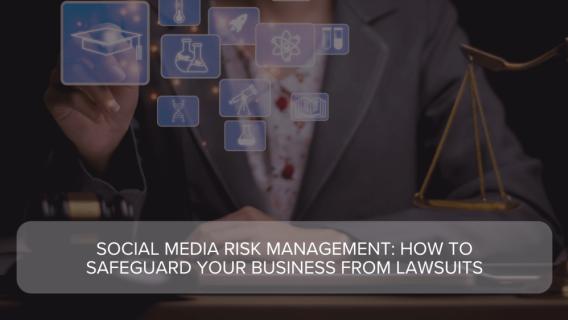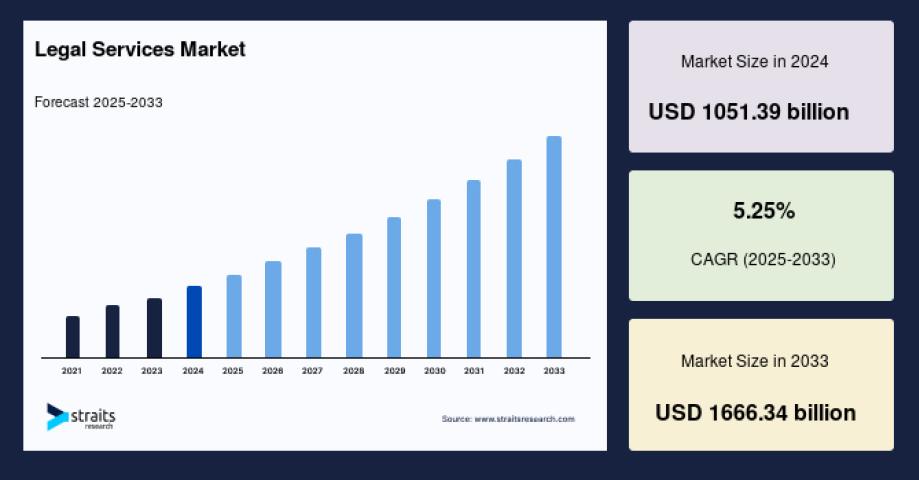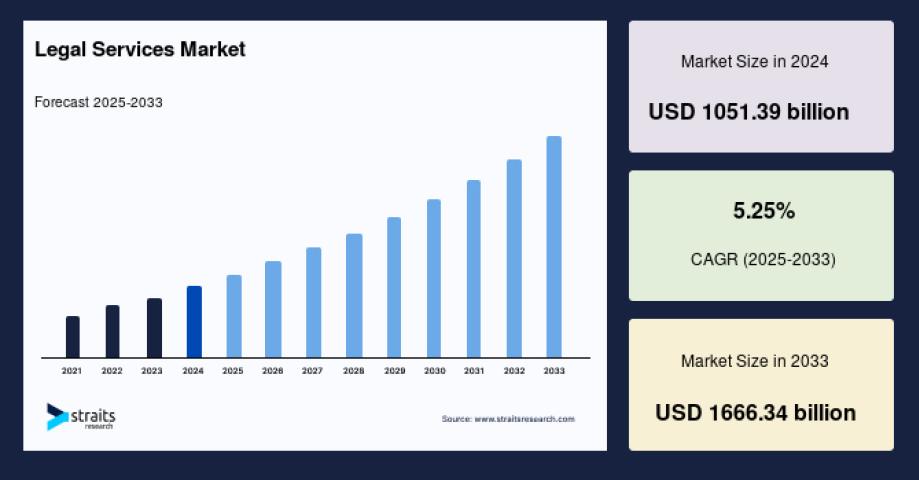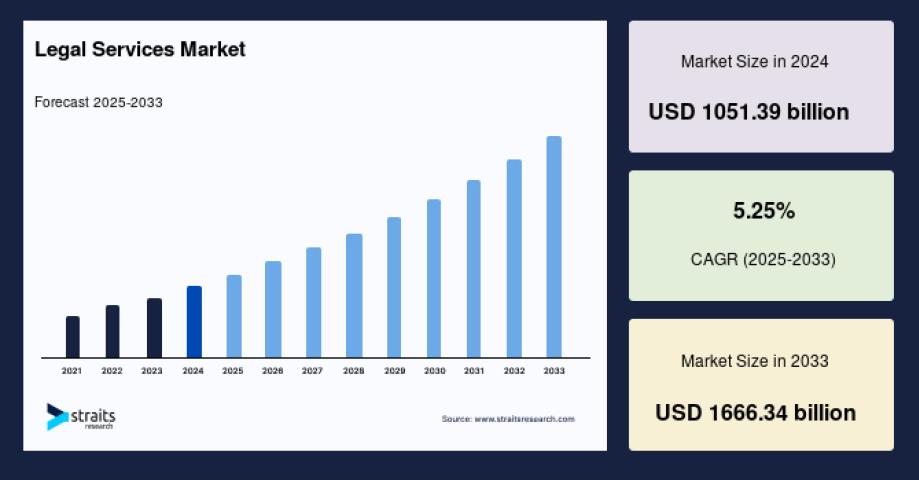The rise of social media has brought with it numerous legal
challenges, particularly concerning the mental health and safety of young
users. As lawsuits against major platforms like Meta and TikTok proliferate, businesses and individuals must
prioritize Social
Media Lawsuit Prevention strategies to mitigate risks. This blog
outlines essential steps to help organizations navigate the complex landscape
of social media litigation while adhering to Martech Best Practices.
Understanding the Landscape of Social Media Lawsuits
In 2024, social media companies face increasing scrutiny due
to allegations of promoting addictive behaviors among minors. Recent lawsuits
claim that platforms intentionally designed features to maximize user
engagement, often at the expense of mental health. For instance, a notable
lawsuit against Meta alleges that Instagram's design led to severe
psychological distress in a minor, highlighting the urgent need for social
media lawsuit prevention measures.
Key Factors Contributing to Lawsuits
1. Addictive Design: Many lawsuits assert that
social media platforms employ algorithms that encourage compulsive usage, which
can lead to mental health issues in young users.
2. Lack of Safeguards: Plaintiffs argue that
platforms fail to implement adequate age verification processes, parental
controls, and warnings about potential risks associated with excessive use.
3. Legal Protections: While Section 230 of the
Communications Decency Act provides some immunity to social media companies, it
does not shield them from claims related to product liability or negligence
concerning their design choices.
Essential Steps for Social Media Lawsuit Prevention
To effectively mitigate the risk of litigation,
organizations should adopt the following strategies:
1. Implement Robust User Safety Measures
Organizations must prioritize user safety by integrating
features that promote healthy usage patterns. This includes:
• Age Verification: Implement strict age verification
processes to prevent minors from accessing platforms without parental consent.
• Parental Controls: Develop comprehensive parental control
options that allow guardians to monitor and limit their children’s social media
usage.
• Usage Warnings: Clearly communicate the potential risks
associated with social media usage, particularly for younger audiences.
2. Conduct Regular Audits of Content and Algorithms
Regular audits can help identify and rectify potentially
harmful content or features. This includes:
• Algorithm Review: Assess algorithms to ensure they do not
promote addictive behaviors or harmful content, especially to vulnerable
populations.
• Content Moderation: Enhance content moderation practices
to quickly address harmful or inappropriate content that could lead to legal
repercussions.
3. Establish Clear Communication Channels
Transparent communication with users can help build trust
and mitigate legal risks. Organizations should:
• User Agreements: Clearly outline terms of service and user
agreements, emphasizing user responsibilities and the potential risks of using
the platform.
• Feedback Mechanisms: Create avenues for users to provide
feedback on their experiences, which can inform ongoing improvements to the
platform.
4. Stay Informed on Legal Developments
Keeping abreast of changes in laws and regulations related
to social media is crucial for compliance and risk management. Organizations
should:
• Legal Counsel: Engage legal experts specializing in
technology and social media law to navigate complex legal landscapes and ensure
compliance with evolving regulations.
• Industry Trends: Monitor trends in social media litigation
to adapt practices proactively and avoid common pitfalls that lead to lawsuits.
5. Educate Users on Responsible Use
Promoting responsible social media use can help mitigate
risks associated with addiction and mental health issues. This can be achieved
through:
• Awareness Campaigns: Launch campaigns that educate users
about the potential risks of excessive social media use and promote healthy
online behaviors.
• Resources and Support: Provide resources for users
struggling with mental health issues related to social media use, including
access to counseling and support services.
As the landscape of social media continues to evolve, so too does the legal environment surrounding it. By implementing these essential steps for Social Media Lawsuit Prevention, organizations can not only protect themselves from potential litigation but also contribute positively to the mental health and well-being of their users. Adhering to Martech Best Practices will further enhance these efforts, ensuring that technology serves as a tool for empowerment rather than harm.In a world increasingly reliant on digital interaction, prioritizing user safety and ethical practices is not just a legal obligation; it is a moral imperative that can define the future of social media. As we move forward in 2024, staying vigilant and proactive in these areas will be key to navigating the challenges that lie ahead.
